The nature aquarium style
Introduction to the Nature Aquarium Style
The nature aquarium style has become one of the most beloved approaches in the aquascaping world. It emphasizes creating underwater landscapes that mimic the tranquility and beauty found in nature. Unlike highly structured or geometric designs, this style embraces organic shapes, flowing lines, and a sense of harmony between plants, rocks, and wood.
This style offers aquarists a way to bring the peaceful essence of natural environments into their homes, providing a soothing visual escape. With a focus on balance and realism, it encourages creativity while respecting the natural growth patterns of aquatic plants.
Many hobbyists are drawn to this style because it offers both artistic freedom and a functional ecosystem. It also encourages an immersive experience, making it feel like a window into a lush, living world beneath the water’s surface.
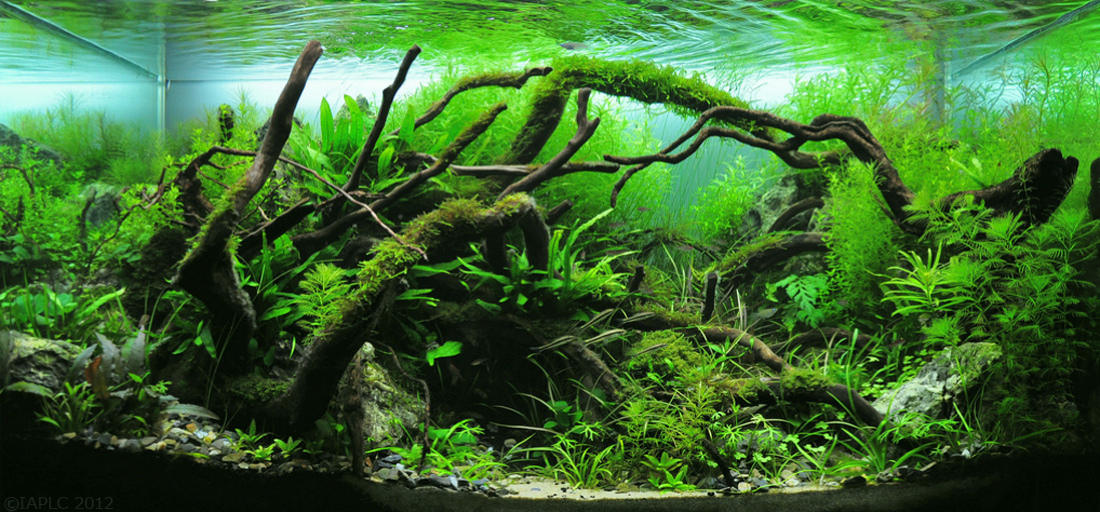
Understanding Different Aquarium Styles
In the world of aquascaping, there are numerous aquarium styles to explore, each with its unique characteristics and aesthetic goals. From the minimalist simplicity of Iwagumi to the vibrant, plant-heavy Dutch style, every approach offers something different for enthusiasts.
Compared to these, the nature style stands out by focusing on recreating the subtle beauty of natural landscapes rather than emphasizing symmetry or color contrasts. It draws inspiration from forests, riverbeds, and mountains, using plants and hardscape materials in a way that feels untouched by human hands.
This approach is often preferred by those who appreciate a more organic, tranquil look in their tanks. Its flexible design principles make it accessible to both beginners and experienced aquarists seeking a more natural, harmonious display.
Crafting a Natural Aquascape
Creating a natural aquascape requires careful observation and thoughtful planning. The goal is to replicate the organic forms and textures found in nature, such as gently flowing streams, moss-covered rocks, and dense plant clusters.
Successful natural aquascapes often start with selecting the right combination of driftwood, stones, and aquatic plants that complement each other. The placement should feel unforced yet deliberate, guiding the viewer’s eye through a seamless underwater scene.
Additionally, paying attention to scale and proportion helps maintain realism. This involves layering plants of varying heights and textures and arranging hardscape elements to suggest depth and natural flow, avoiding overly symmetrical or artificial setups.
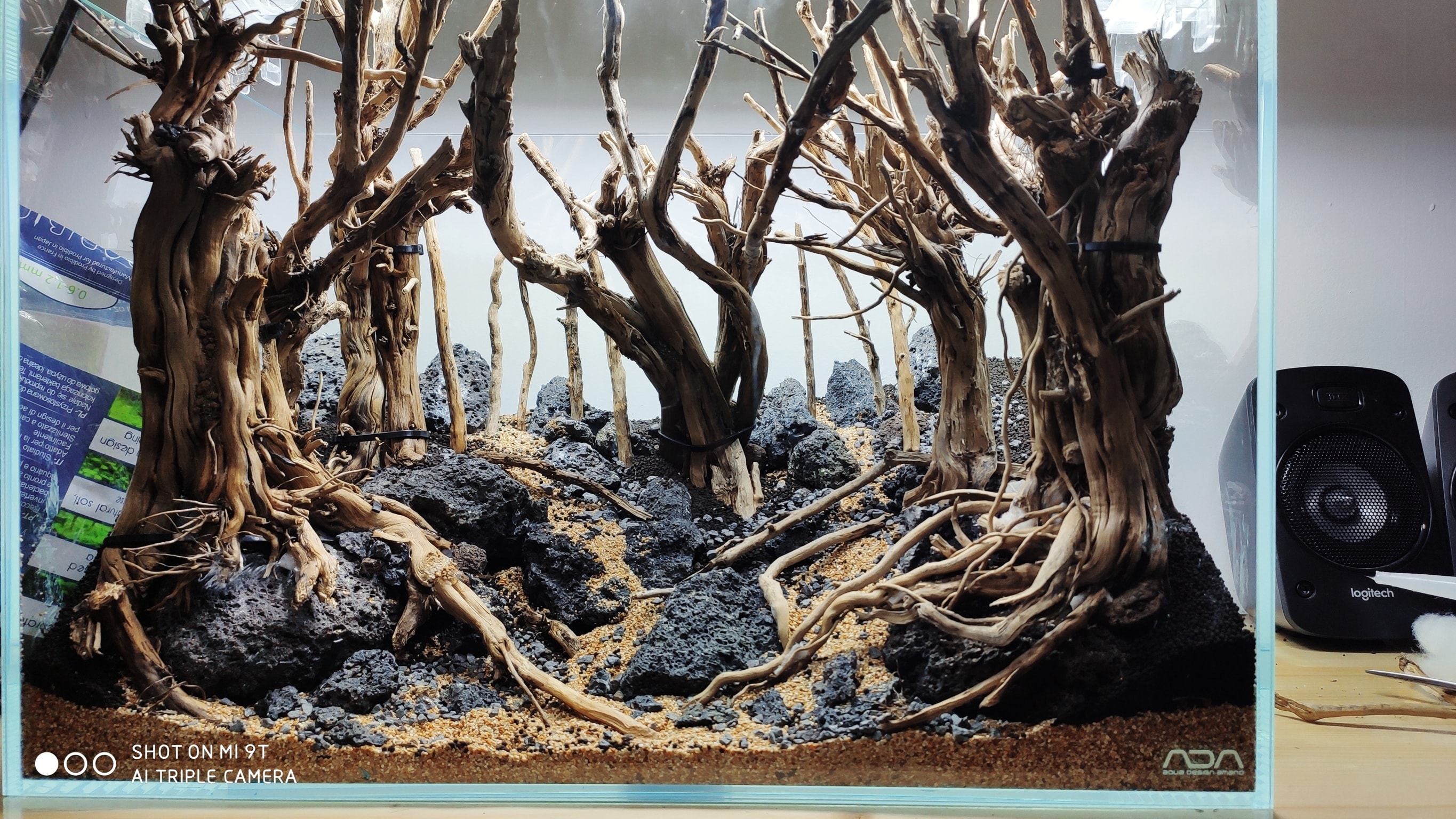
What Makes a Natural Looking Aquarium Unique
A natural looking aquarium stands apart because it mimics the imperfect beauty of real ecosystems. Instead of rigid lines and repetitive patterns, it embraces randomness and asymmetry, allowing plants to grow freely within a balanced environment.
The use of diverse plant species, varied textures, and natural materials creates a dynamic visual experience. This diversity also supports a healthier tank by promoting better water circulation and providing shelter for aquatic life.
The nature style aquascape celebrates this authenticity by encouraging an ecosystem-like feel, where every element contributes to the overall harmony. This approach creates not just a tank, but a living portrait of nature’s delicate balance.
Substrate and Hardscape Choices in the Nature Aquarium
One of the foundational steps in creating a successful nature aquarium is choosing the right substrate and hardscape elements. The substrate not only supports plant roots but also influences water chemistry and overall ecosystem health. Many aquarists prefer nutrient-rich soil to provide essential minerals that support vigorous plant growth and stability.
When selecting hardscape materials, rocks and driftwood play a crucial role in shaping the visual structure of the scape. These natural elements help mimic real landscapes, providing contrast and texture that bring the nature aquarium to life. The placement of wood and stones also affects water flow and creates hiding spots for fish.
Inspired by pioneers like Takashi Amano, many in the aquarium hobby use asymmetrical arrangements of driftwood and rocks to establish depth and focal points. Balancing these elements with the substrate's color and grain size helps create a cohesive, natural-looking underwater scene. Proper maintenance of the substrate, including occasional gentle cleaning, ensures the long-term health of plants and animals alike.
Plant Selection and Layout for a Nature Aquarium
Choosing the right plants is essential to achieving the desired nature aquarium aesthetic. Selecting species that resemble those found in natural habitats enhances realism and harmony within the aquascape. A mix of foreground, midground, and background plants helps build depth and dimension, while varying textures add visual interest.
The layout should strive to create natural groupings rather than uniform rows. This approach, inspired by Takashi Amano’s techniques, avoids the artificial look common in a dutch aquarium, where plants are often arranged by species in strict blocks. Instead, the nature aquarium focuses on fluid, organic placement that mimics how plants naturally spread and compete for space.
In addition to plant positioning, integrating wood and driftwood adds vertical structure, while rocks anchor the layout. Lighting plays a critical role, as it influences plant health and color contrast. Properly placed light enhances the natural beauty of the plants and helps create shaded areas that replicate underwater ecosystems. Effective equipment such as CO2 systems and filtration supports this balanced environment, reducing maintenance needs over time.
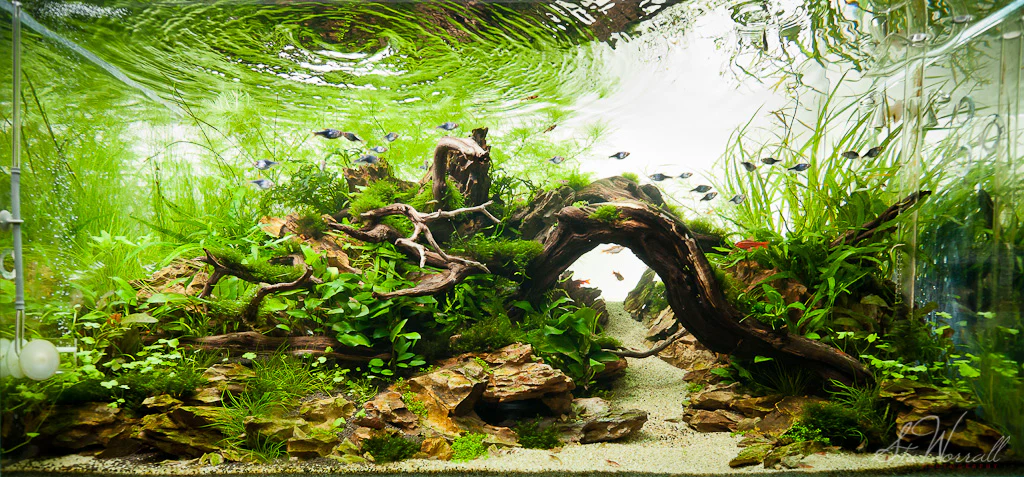
Lighting Requirements for a Natural Looking Aquarium
Lighting is one of the most critical factors in aquascaping a nature aquarium. Proper light not only supports healthy plant growth but also influences the overall mood and appearance of the aquascape. Achieving a balance between brightness and shadow helps to replicate the varied lighting conditions found in natural habitats.
The layout of plants and hardscape should consider how light will reach different areas of the tank. Taller plants and driftwood can create shaded zones, adding depth and contrast, which is essential for a convincing natural looking aquarium. Overly intense or uneven lighting can lead to unwanted algae growth, so choosing the right equipment and duration of illumination is key.
In the aquarium hobby, many follow the principles laid out by Takashi Amano, who emphasized the use of moderate, diffused lighting to mimic forest understories or riverbeds. Proper lighting also supports the progress of plant health and colors, allowing you to create a visually stunning, balanced nature aquarium.
CO2 Injection: Enhancing Plant Growth
CO2 injection is an essential part of many successful nature aquariums, particularly when aiming for lush, healthy plant growth. While natural ecosystems produce CO2 through decay and respiration, controlled CO2 injections in the aquarium provide a consistent source that supports photosynthesis and robust growth.
Different types of CO2 systems exist, from pressurized tanks to DIY yeast setups, and choosing the right equipment depends on your tank size and layout. The key is to maintain a balance between CO2 levels, light, and nutrients to avoid issues like algae growth or harm to fish.
In aquascaping, following the example of experts like Takashi Amano, CO2 supplementation is often paired with regular maintenance and nutrient dosing to create optimal conditions. Proper CO2 management accelerates plant development and enhances the overall harmony of the nature aquarium ecosystem.
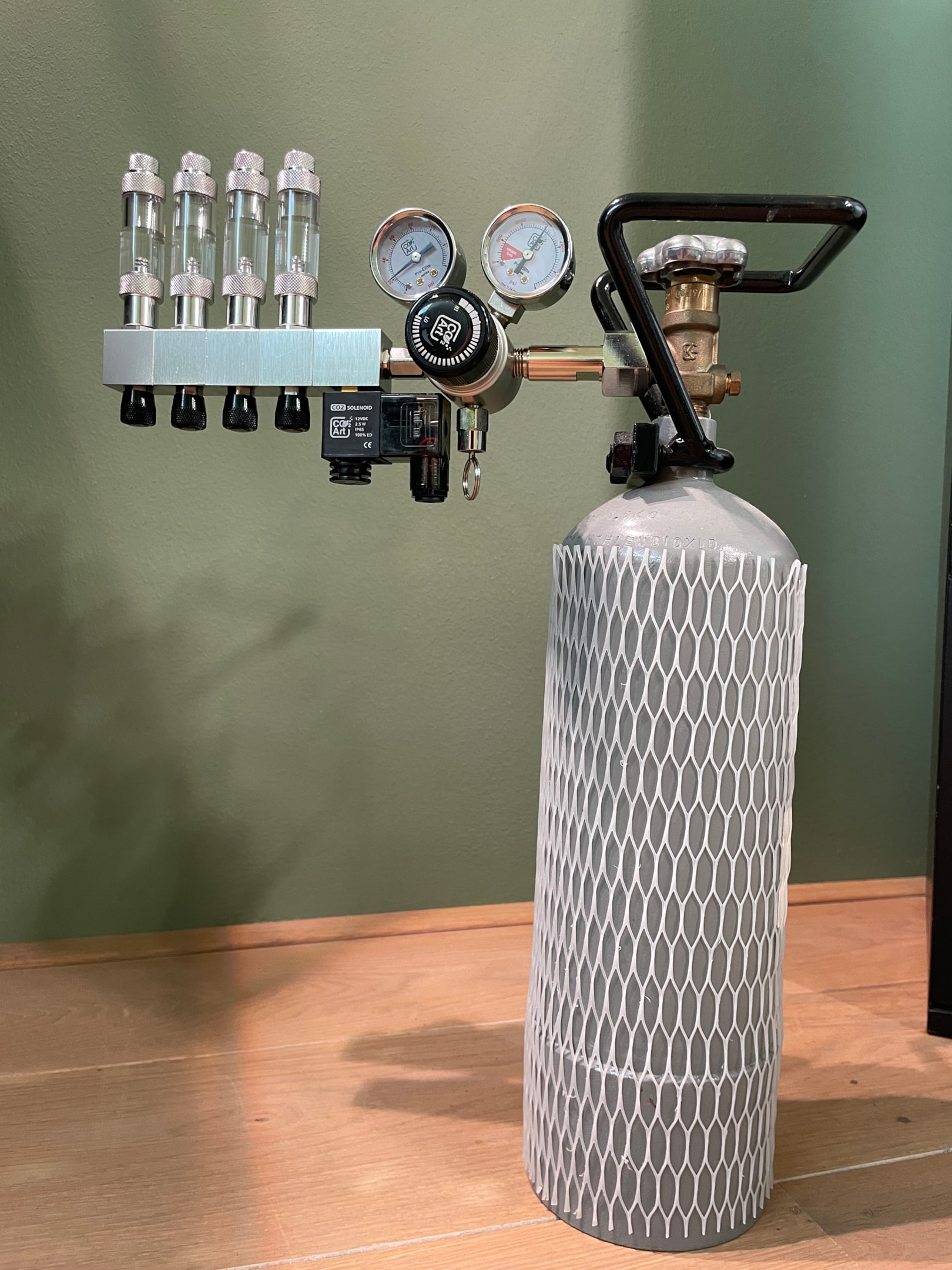
Maintenance Practices for a Thriving Nature Style Aquarium
Regular maintenance is essential to keep a nature aquarium healthy and thriving. Consistent water changes, substrate cleaning, and pruning of plants help maintain balance and prevent overgrowth or decay that can upset the ecosystem. Keeping an eye on water parameters ensures conditions remain stable and similar to the tank’s natural environment.
Trimming and rearranging the layout allows for continual progress in plant health and aesthetic appeal, helping to avoid overcrowding and promoting better light penetration. Proper maintenance also reduces algae problems, which can disrupt the harmony of the aquascape and negatively affect fish health.
In the aquarium hobby, understanding the delicate relationship between light, nutrients, and plant growth is crucial. Following a regular schedule for testing and adjusting the tank’s equipment and cleaning routines helps aquarists createand sustain a vibrant, balanced nature aquarium.
Incorporating Fish and Invertebrates into a Nature Aquarium
Adding fish and invertebrates to a nature aquarium enhances its ecological balance and visual appeal. Choosing species that naturally inhabit similar environments ensures compatibility with the planted layout and contributes to the overall harmony of the tank. Small schooling fish or shy bottom dwellers often thrive in the shaded areas created by plants and hardscape.
Invertebrates like shrimp and snails can assist with algae control and substrate cleaning, making them valuable allies in maintaining water quality. Their presence also adds life and movement, enriching the aquascape and making the environment feel more natural and dynamic.
When selecting inhabitants, consider their specific needs for light, water flow, and space to ensure they coexist peacefully with the plants and each other. Thoughtful integration of fish and invertebrates helps create a thriving ecosystem that embodies the essence of the nature aquarium style.
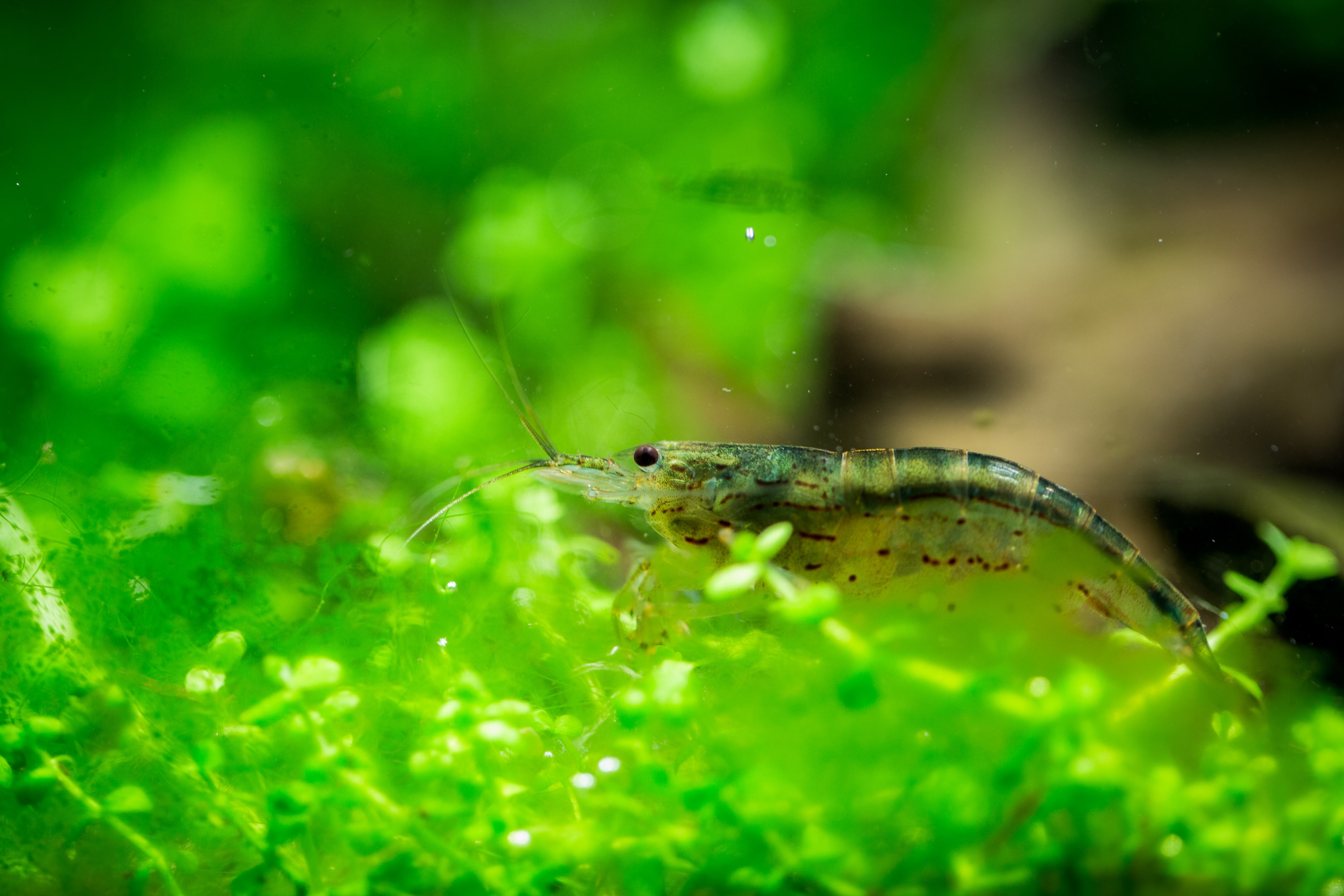
Common Challenges and Troubleshooting in the Nature Aquarium
Even the most carefully planned nature aquarium can encounter challenges that require attention and adjustment. One of the most common issues is managing algae growth, which can quickly take over if maintenance practices are inconsistent or light and nutrient levels are imbalanced. Keeping the layout balanced and avoiding overcrowding helps reduce this risk.
Another frequent hurdle is ensuring steady plant progress, especially when transitioning a new setup. Using quality soiland the right equipment, such as CO2 injectors and efficient filters, supports healthy growth and stability. Over time, adjusting these factors based on observation and testing can help create a thriving, natural environment.
Lastly, recreating the delicate balance of a nature aquarium often involves patience and experimentation. Aquarists must consider the location of their tanks, space available for growth, and the unique needs of their plants and fish. With regular care and a willingness to learn, these challenges can be overcome, resulting in a beautiful and sustainable aquascape.
Meet our bestseller! The Pro-Elite Series Complete Aquarium CO2 System with New Inline CO2 Diffuser!




